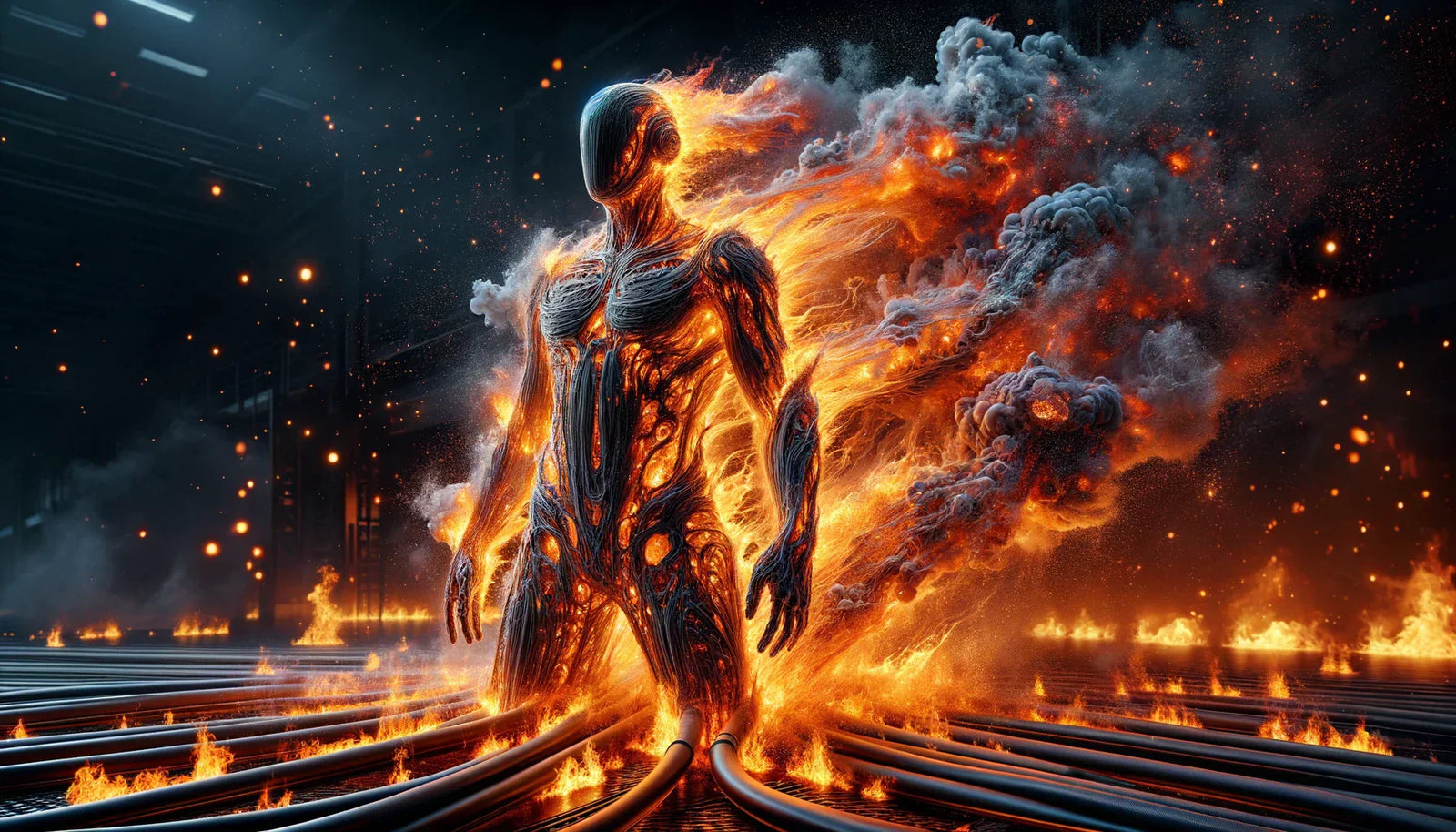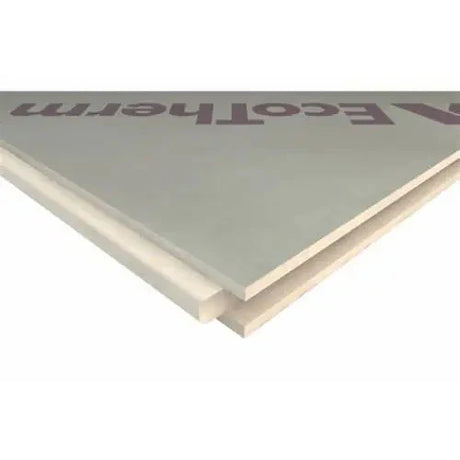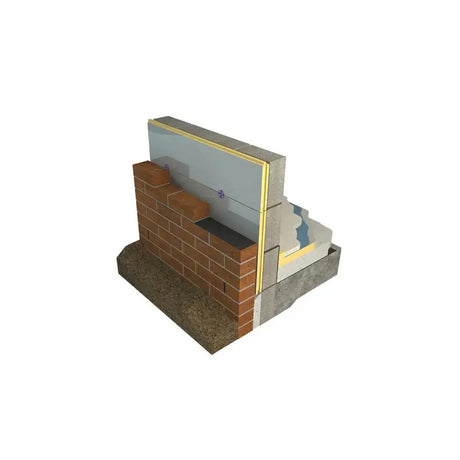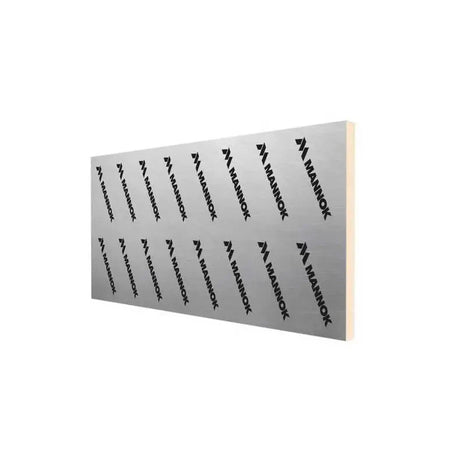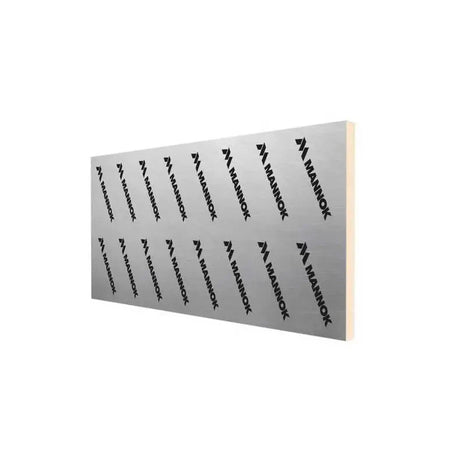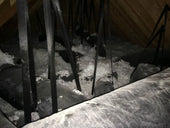Fire-Resistant Coverings in Extreme Conditions
Introduction
What comes to mind when we speak of fire-resistant coverings? Well, these are the unsung heroes that stand between us and the ravages of fire, particularly in the most unforgiving of situations. In extreme conditions where temperatures soar and pressures mount, ordinary materials can succumb to the elements, but fire-resistant coverings hold the fort. Their importance cannot be overstated, as they are crucial in safeguarding lives, equipment, and structures from catastrophic fire damage. In this comprehensive exploration, we'll unearth the layers of what makes these coverings indispensable in the face of blistering heat and brutal conditions.
Understanding Extreme Conditions
Defining Extreme Conditions in Fire Safety
When we talk about extreme conditions, what exactly are we picturing? Imagine the blistering heat of a furnace or the pressures found deep within an oil well. These scenarios require materials that laugh in the face of danger. Extreme conditions can be high temperature, high pressure, or even corrosive environments that would normally eat away at conventional materials.
Types of Extreme Conditions
Extreme conditions can vary widely; however, some common culprits include:
- Intense heat, often exceeding hundreds of degrees Celsius.
- Crushing pressures that are enough to crumple standard materials like tin cans.
- Corrosive substances that can degrade most materials over time.
Impact on Conventional Materials
Conventional materials might throw in the towel under such harsh circumstances. When exposed to extreme heat or pressure, materials like plastics may melt or warp, metals can weaken or become brittle, and woods are prone to charring or combustion. It's clear as day that standard materials are not cut out for such punishing environments.
Properties of Fire-Resistant Coverings
Heat Resistance
The ability to withstand high temperatures is a non-negotiable trait for fire-resistant materials. They must maintain integrity and function even when the mercury rises.
Insulation Capabilities
It's not just about surviving the heat; it's also about protecting whatever is underneath. Effective fire-resistant coverings act as an insulating layer, keeping the heat at bay.
Durability in Extreme Conditions
These coverings must be tough as old boots, enduring not just once, but repeatedly, through cycles of extreme heat and pressure without falling apart.
Chemical Resistance
Some extreme environments come with corrosive chemicals. Fire-resistant coverings need to show these chemicals the cold shoulder, resisting breakdown to maintain their protective role.
Common Materials Used in Fire-Resistant Coverings
Fiberglass
It's tough, it's versatile, and it's got the brawn to resist fire. That's fiberglass for you – a common material that's used in fire-resistant coverings for good reason.
Mineral Wool
Like a woolly jumper for your house or industrial equipment, mineral wool keeps the warmth in and the fire out.
Ceramic Fibers
These are the heavyweight champions in the world of insulation, taking on extreme temperatures without breaking a sweat.
Intumescent Materials
When the heat is on, these materials puff up like a protective bubble, guarding against fire and heat damage.
Application Areas
Industrial Settings
In the rough and tumble of industrial environments, fire-resistant coverings are as essential as a hard hat on a construction site.
Transportation
Whether it's aerospace or automotive, getting from A to B safely can often depend on the quality of fire-resistant materials used.
Oil and Gas Industry
In this high-stakes industry, the right coverings can mean the difference between a day at work and a disaster.
Construction and Infrastructure
Buildings rise high with the peace of mind that comes from having fire-resistant coverings integrated into their very bones.
Standards and Regulations
Overview of Safety Standards and Regulations
Navigating the maze of safety standards and regulations is no small feat, but it's crucial for ensuring materials are up to snuff.
Importance of Compliance
Playing by the rules isn't just about avoiding fines – it's about saving lives and businesses.
Case Studies Illustrating Consequences of Non-Compliance
Let's learn from the past – case studies often highlight the dire consequences of cutting corners when it comes to fire safety.
Advancements in Fire-Resistant Coverings
Nanotechnology in Fire-Resistant Materials
Nanotechnology is like the secret sauce, making fire-resistant materials even more robust and reliable.
Innovative Manufacturing Techniques
With new manufacturing techniques, we're not just keeping up with fire safety standards – we’re setting them.
Impact of Research and Development
Through R&D, the fire-resistant coverings of tomorrow are being forged today, paving the way for even safer futures.
The detailed layers of fire-resistant coverings, from their robust properties to their diverse applications, unfold a narrative of resilience and innovation. They're the silent guardians, the watchful protectors, and the unsung heroes in a world where fire is both a crucial ally and a potential adversary. As we delve deeper into their composition and usage, we reveal how these materials stand as the bulwark against nature's fury, protecting life and property in the face of fiery trials. Let's continue our exploration into this scorching subject.
Installation and Maintenance
Proper Installation Practices
Just as you wouldn't slap a plaster on a wound without cleaning it first, you can't just whack on fire-resistant coverings and call it a day. Proper installation is the bread and butter of fire protection. It requires a keen eye for detail and a steady hand to ensure the covering fits like a glove, with no gaps or weak spots where fire could sneak through.
Importance of Regular Maintenance
You wouldn't drive your car for years without a service, would you? Likewise, maintenance of fire-resistant coverings is key. Regular check-ups and touch-ups ensure they're always ready to face the flames.
Role of Inspections
Inspections are the magnifying glass through which potential issues are spotted and nipped in the bud. They're an essential piece of the fire safety puzzle, ensuring coverings are in tip-top condition.
Testing and Certification
Types of Testing Methods
Testing fire-resistant coverings isn't a one-size-fits-all affair. From torching samples to simulating extreme conditions, a variety of methods are used to certify that these materials are tough enough to take the heat.
Understanding Certification Processes
Just as a stamp on a passport verifies its authenticity, certification gives the nod to fire-resistant coverings, affirming they meet the stringent standards required to stand guard against fire.
Importance of Third-Party Certification
Third-party certification is like getting a thumbs-up from someone outside the family. It's an unbiased seal of approval that confirms the coverings have what it takes to protect in the event of a fire.
Cost Considerations
Initial Investment vs Long-term Savings
Sure, fire-resistant coverings might seem like a hefty outlay at first glance. But when you tally up the potential costs of fire damage, it's a no-brainer – investing now can save you a bundle down the line.
Comparative Analysis of Different Materials
Not all fire-resistant materials are created equal. Some are gold medalists in the heat resistance Olympics, while others are more like strong contenders. A side-by-side comparison can help you pick the right material for the job and your budget.
Factors Influencing the Cost
A multitude of factors can affect the cost, from the type of material to the complexity of the installation. It's a balancing act to get the most bang for your buck without skimping on safety.
Environmental Impact
Sustainability of Fire-Resistant Materials
In a world where the environment is as much a concern as fire safety, we must ask: what's the carbon footprint of these materials? It's essential to choose coverings that protect both our assets and our planet.
Recycling and Disposal Considerations
Like a mystery novel with a twist at the end, the life cycle of fire-resistant coverings can have an unexpected impact. Proper recycling and disposal are crucial to ensuring that today's safety solutions don't become tomorrow's environmental headaches.
Impact on Greenhouse Gas Emissions
Comparing the greenhouse gas emissions of fire-resistant materials to traditional ones is like weighing up a bike ride against a jet flight. Choosing materials that are kinder to the environment can significantly reduce our carbon footprint.
Case Studies
Real-world Examples of Fire Incidents
The proof is in the pudding, and real-world examples can serve up some hard truths about the importance of fire-resistant coverings. Learning from past incidents is key to preventing future tragedies.
Success Stories in Extreme Conditions
Every now and then, a story emerges of fire-resistant coverings that have withstood the test of fire, emerging victorious. These success stories not only warm the heart but also underscore the effectiveness of these materials.
Lessons Learned from Failures
Sometimes, things go pear-shaped. But even failures provide valuable lessons that can shape better and more effective fire-resistant solutions for the future.
Best Practices
Training and Education
Knowing your fire-resistant coverings inside out is essential. Proper training and education ensure that everyone from the ground up is clued in on how to handle and maintain these materials effectively.
Collaboration with Fire Safety Professionals
Two heads are better than one, especially when it comes to fire safety. Collaborating with professionals who eat, sleep, and breathe fire protection can bolster the effectiveness of fire-resistant coverings.
Importance of Continuous Improvement
Resting on our laurels isn't an option in the ever-evolving world of fire safety. Continuous improvement ensures that materials and methods stay ahead of the curve, offering better protection as new threats emerge.
Conclusion
As we douse the flames of our fiery discussion, it's clear that fire-resistant coverings are a critical line of defense in the battle against extreme conditions. From the gritty details of their construction to the loftier considerations of environmental impact, these materials encapsulate our shared commitment to safety and sustainability.
The ongoing development and adoption of advanced fire-resistant materials are testament to our relentless pursuit of a safer world. By embracing proactive measures and best practices, industries across the board can ensure that they are not only prepared for the threats of today but are also paving the way for a more secure tomorrow.
In the end, it's about more than just materials and regulations; it's about cultivating a culture of fire safety that permeates every level of society. So let us march forward, equipped with the knowledge and tools to keep the flames at bay, ever vigilant and ever prepared for the extreme conditions that test our resolve.

